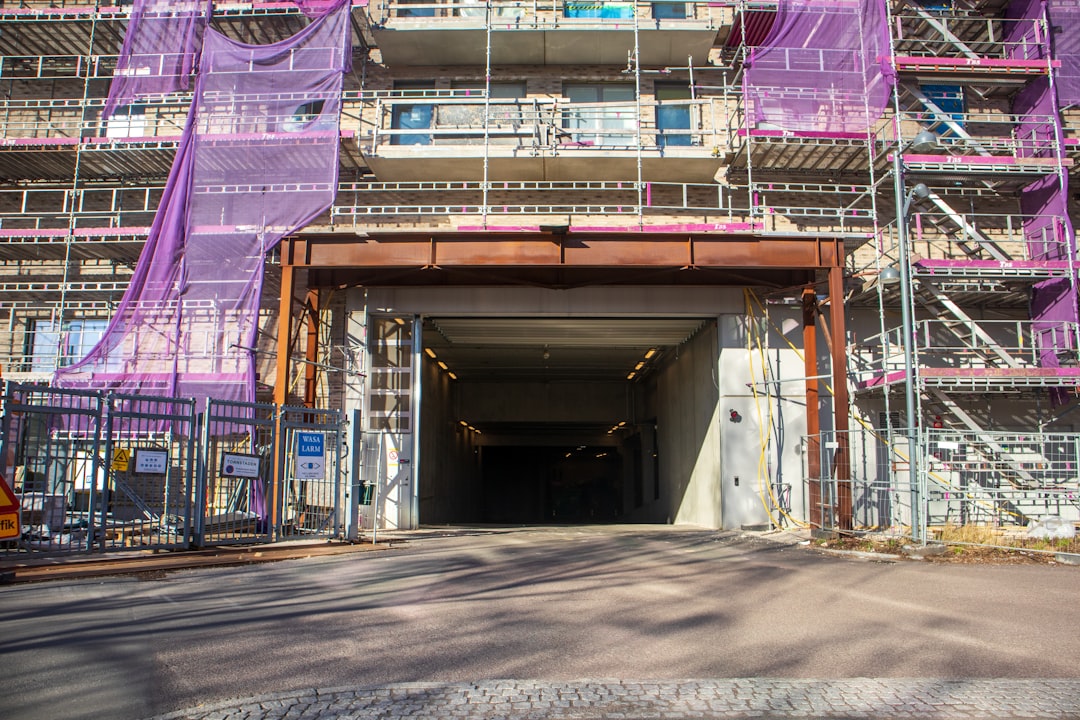
Framing a basement is a crucial step in any construction project, impacting both budget and timeline. Current costs range from $8,570 to $12,980 for a 1,000 sq ft space, depending on factors like layout complexity and material choice. Accurate estimates are essential for trade professionals to plan effectively and avoid costly overruns.
While national averages suggest $7 to $16 per square foot, actual costs vary based on:
For a 1,000 sq ft basement:
Trade professionals can reduce costs by:
In a Denver project, CountBricks helped homeowners save 20% on framing costs by leveraging real-time data and efficient scheduling. The final cost was $8,960, significantly below traditional bids.
Accurate cost estimation is vital for successful basement framing. By using tools like CountBricks, trade professionals can ensure precise budgeting and efficient project management. Visit CountBricks.com for more information.

Framing is just the beginning. Proper planning for subsequent phases can prevent budget overruns. CountBricks offers tools to keep your project on track.
CountBricks creates a Gantt chart to align trades with framing completion, reducing project time by up to 18%.
Record changes by voice and see instant cost updates, preventing budget surprises.
Return unused lumber for refunds, saving money for other project needs.
Track progress and compliance with local codes, ensuring smooth inspections.
CountBricks calculates drywall needs from initial data, eliminating errors and ensuring readiness for the next phase.
Explore how CountBricks can streamline your construction project at CountBricks.com.